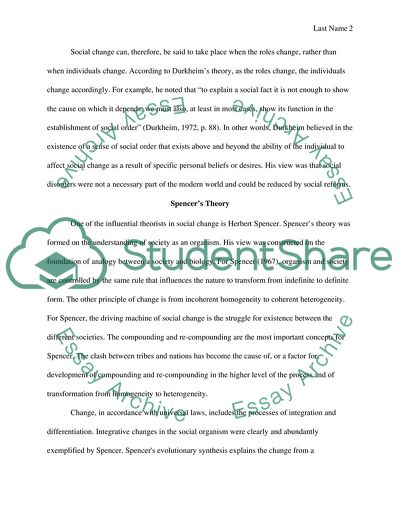Cite this document
(Durkheim's Theory of Social Order Report Example | Topics and Well Written Essays - 1250 words, n.d.)
Durkheim's Theory of Social Order Report Example | Topics and Well Written Essays - 1250 words. https://studentshare.org/sociology/1779837-the-driving-force-of-social-change
Durkheim's Theory of Social Order Report Example | Topics and Well Written Essays - 1250 words. https://studentshare.org/sociology/1779837-the-driving-force-of-social-change
(Durkheim'S Theory of Social Order Report Example | Topics and Well Written Essays - 1250 Words)
Durkheim'S Theory of Social Order Report Example | Topics and Well Written Essays - 1250 Words. https://studentshare.org/sociology/1779837-the-driving-force-of-social-change.
Durkheim'S Theory of Social Order Report Example | Topics and Well Written Essays - 1250 Words. https://studentshare.org/sociology/1779837-the-driving-force-of-social-change.
“Durkheim'S Theory of Social Order Report Example | Topics and Well Written Essays - 1250 Words”. https://studentshare.org/sociology/1779837-the-driving-force-of-social-change.


